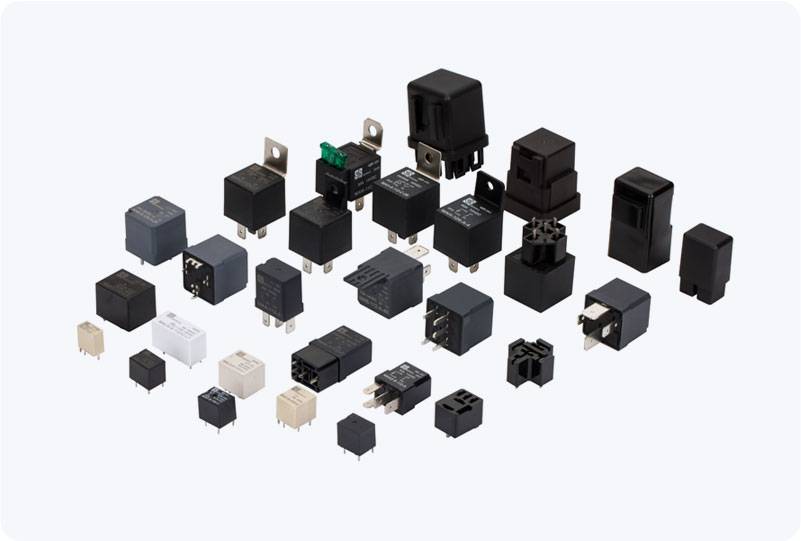A Motor Starter Relay is a critical electrical device used for the control, protection, and safe operation of electric motors. In various industrial and residential applications, electric motors are the backbone of machinery, and the relay plays an essential role in ensuring their smooth operation. This article delves into the essential functions of a motor starter relay, its working principles, and its importance in modern electrical systems.

What is a Motor Starter Relay? A Motor Starter Relay is a component used in the starting and stopping of an electric motor. It allows for the safe and efficient operation of motors by regulating the electrical flow to the motor and offering overcurrent and overload protection. A starter relay typically works in conjunction with other devices like contactors, overload relays, and fuses to ensure proper motor protection and control. Primary Functions of a Motor Starter Relay Motor Starting and Stopping: The primary function of a motor starter relay is to start and stop an electric motor. When a motor needs to be started, the relay acts as a switch that connects the motor to the power supply. Conversely, when the motor needs to be stopped, the relay cuts off the electrical supply, ensuring that the motor ceases to operate.